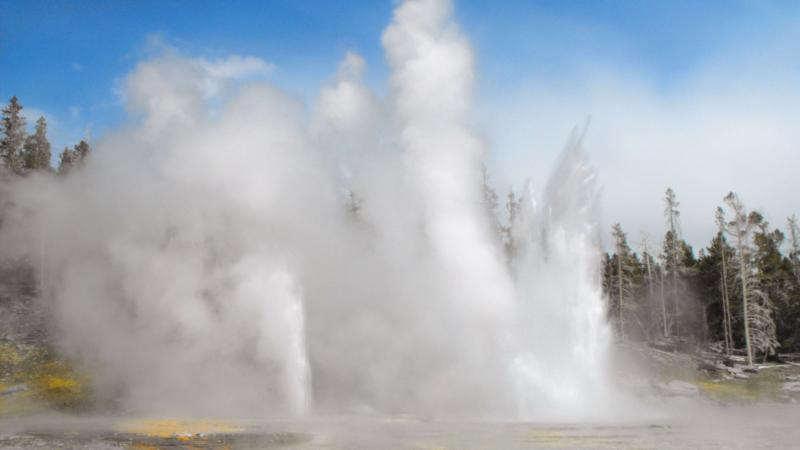
Nature has an incredibly diverse array of life-hacks that can help us better solve various problems. Interesting phenomenon and natural resources can be abounding in even the most unexpected corners. One such unexpected location are the various hot water springs of Himalayas. Thriving with microbial life which can survive temperatures as high as 90˚C, these hot water springs are a treasure trove of exotic thermos-tolerant microbial enzymes which have a wide array of applications. The study of such thermos-tolerant microbes in hot water springs can help us better understand the origin of life on Earth. Further, such enzymes, if properly extracted and stored, can have great commercial prospects in various industrial, medical and agriculture applications. Examples of such enzymes include protease, cellulase, amylase and xylanase enzymes.
Scientists from the Rani Durgavati University, Jabalpur, Akal College of Agriculture, Baru Sahib, Indian Agricultural Research Institute, New Delhi, National Bureau of Agriculturally Important Microorganisms, Mau, R-Biopharm Neugen Group, Hyderabad and Harvard Medical School, USA, have discovered 51 bacterial species in various Himalayan hot water springs that produce one or more of protease, amylase, cellulase and xylanase enzymes.
The group of scientists also discovered three thermos-tolerant and cellulase-free xylanase enzymes during their study. Xylanases are enzymes which degrade xylans, a fibre found in plant cell walls and some algae. Xylanases are used in various applications like treatment of wood for making paper, pre-digesting animal feed stocks, conversion of agro-wastes to fermentable products, and clarification of fruit juices among others. But, thermostable cellulose-free xylanase enzymes are much more valued in the paper industry, as they can be used at elevated temperatures and without harming the cellulose fibres used for making paper. It appears, even in the most in-hostile places, life persists. The new discoveries should help us expand our horizons while looking for life on earth and elsewhere.





